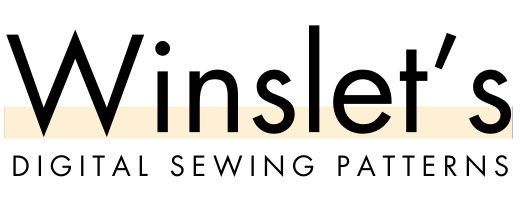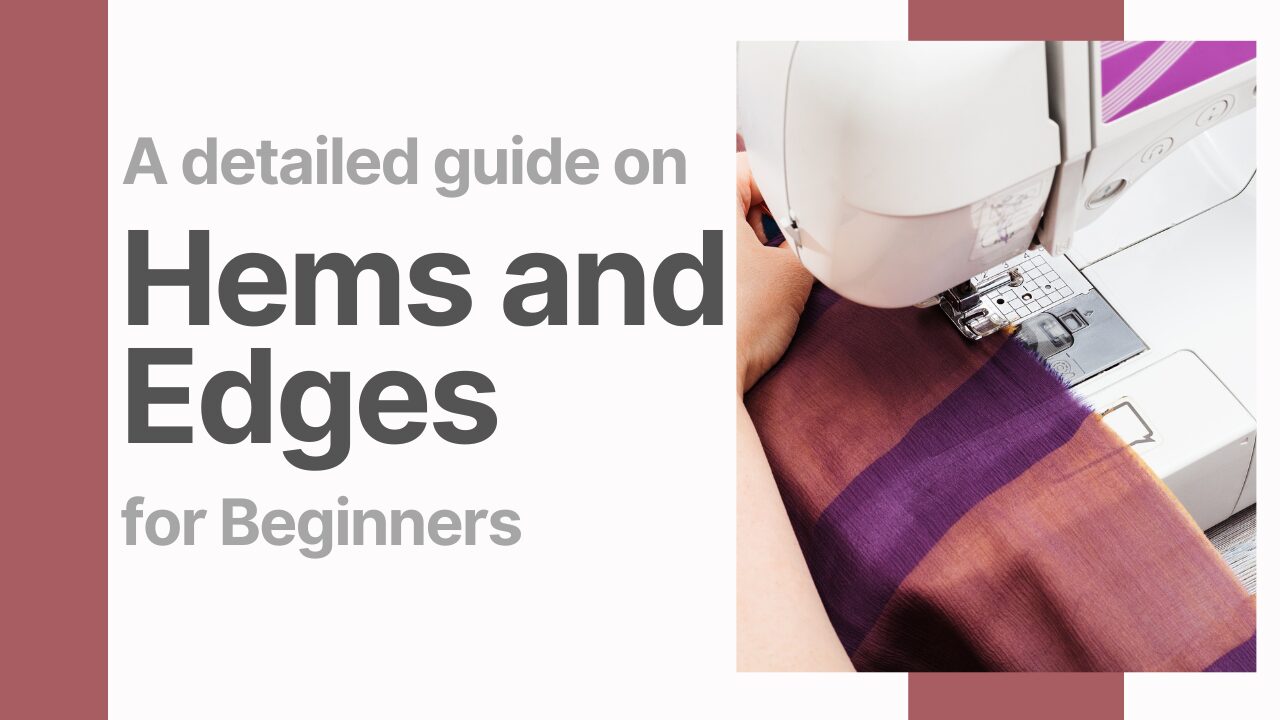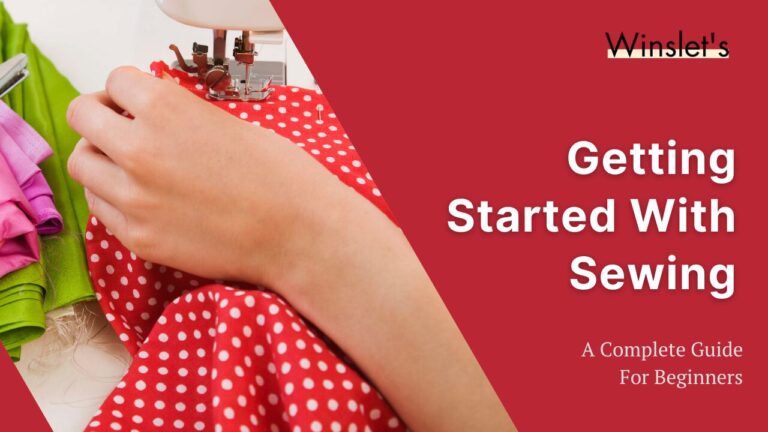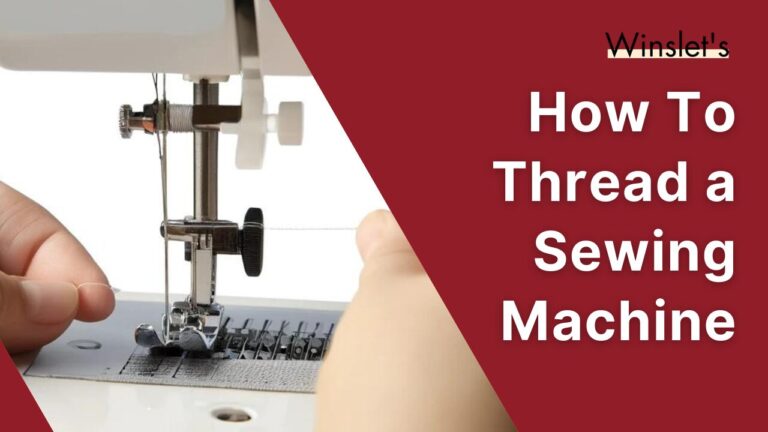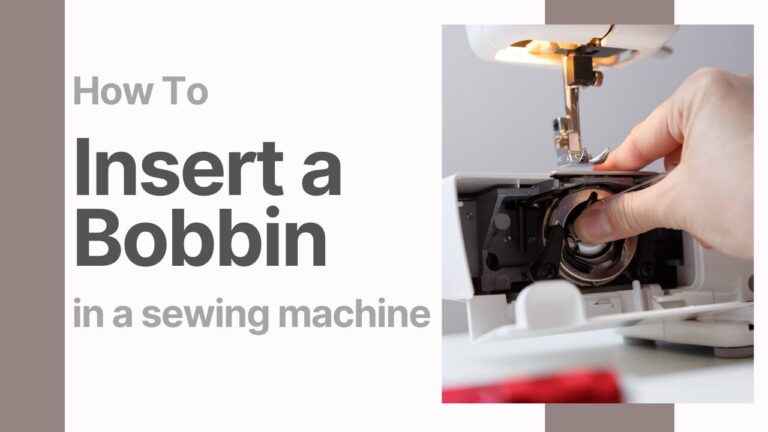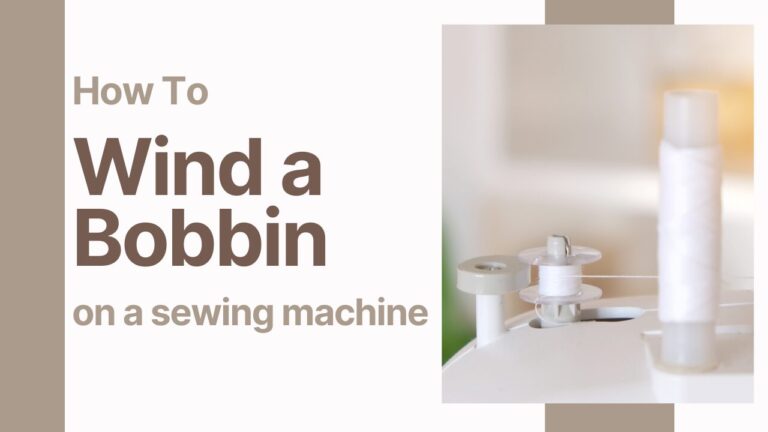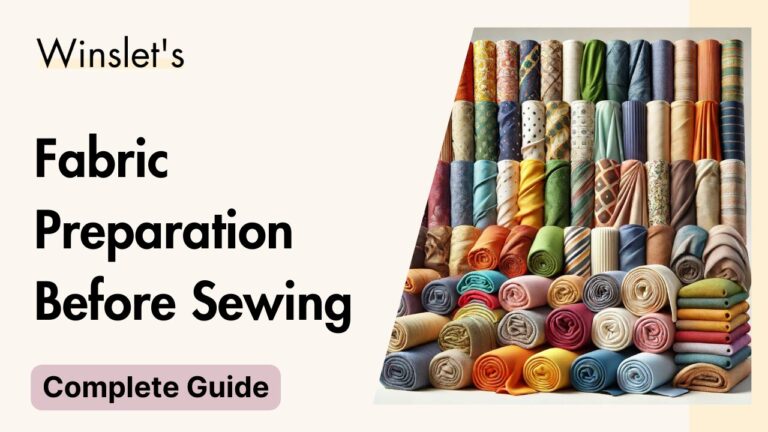How to Sew Perfect Hems & Edges: Techniques for a Flawless Finish
In sewing, the finishing touches can significantly impact the durability and aesthetics of your projects. Hems and edge finishes are not merely functional; they also contribute to the overall design and professionalism of your garments. Mastering various hemming techniques and edge finishes allows you to tailor your creations to different fabrics and styles, ensuring both beauty and longevity.
What is a Hem?
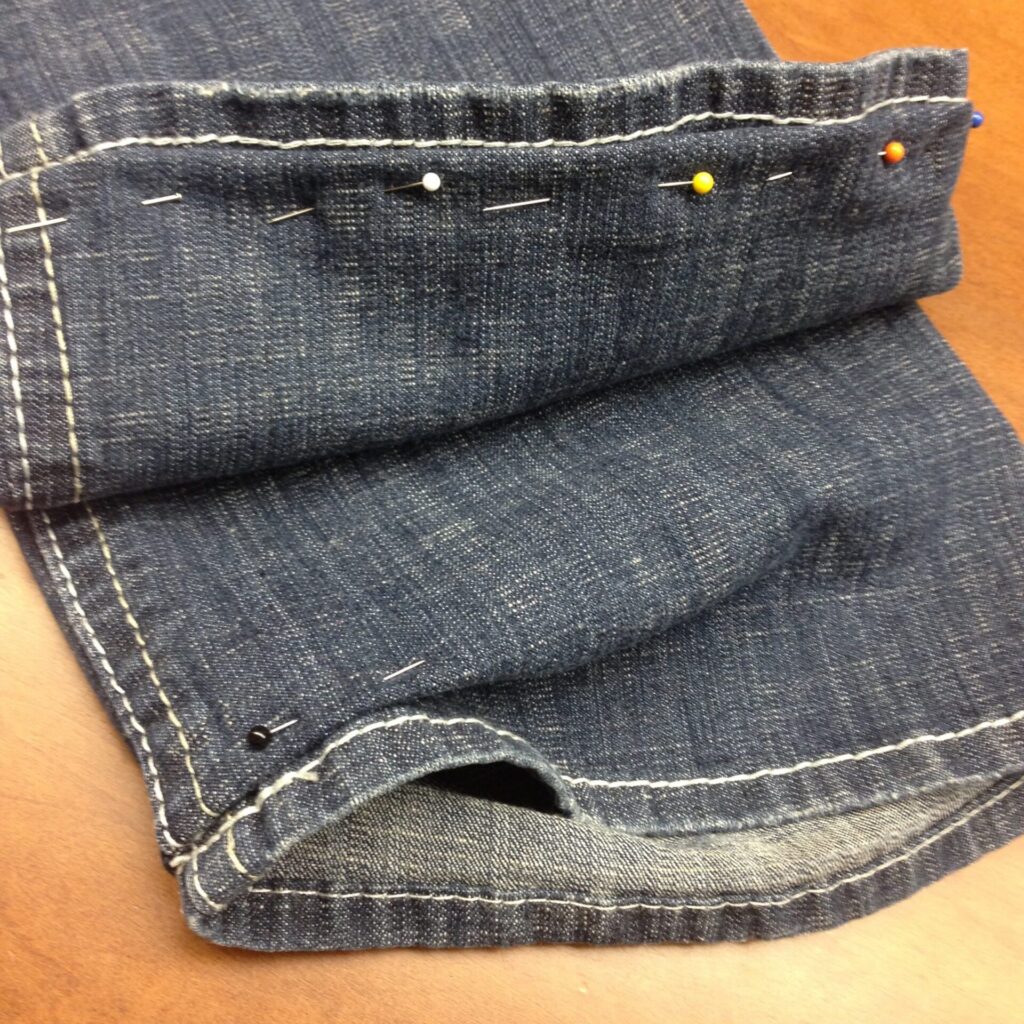
Source: hem
A hem is a finishing method used to enclose the raw edge of fabric, usually at the bottom of garments like skirts, dresses, or pants. Not only does it prevent fraying, but it also adds structure and a polished look to the finished piece.
Types of Hems
- Double Fold Hem: One of the most common hems, this involves folding the fabric over twice to enclose the raw edge. It’s perfect for lightweight fabrics and gives a clean finish.
- Blind Hem: Often used on dress pants or formalwear, the blind hem is almost invisible from the outside, giving a smooth and elegant finish.
- Rolled Hem: This narrow hem is ideal for lightweight fabrics like chiffon or silk, and it works well for delicate projects like scarves or blouses.
- Stretch Hem: For knit fabrics, a stretch hem is essential. Using a zigzag stitch or a twin needle allows the hem to maintain its elasticity.
Hemming Tips
- Press as you go: Use an iron to press your hem into place before stitching. This ensures a neat, even finish.
- Test your stitches: Before hemming, test your stitch length and tension on a scrap piece of fabric. You want to avoid puckering or pulling.
- Use hemming tape: For tricky fabrics or for extra precision, hemming tape can be a lifesaver. It holds your hem in place before you stitch.
Finishing Edges

Source: Finishing Edges
While hems deal with the bottom edges of garments, edge finishes protect and beautify the raw edges of seams, armholes, necklines, or any other exposed fabric edge. This prevents fraying and ensures your project has a long-lasting, professional look.
Common Edge Finishes
- Serging/Overlocking: If you have a serger, this is the quickest way to finish raw edges. The overlock stitch trims and encases the raw edge in thread.
- Zigzag Stitch: For those without a serger, a zigzag stitch on a regular sewing machine is a great alternative. It adds flexibility to stretch fabrics and secures the edge from fraying.
- Bias Binding: For a decorative and functional edge finish, bias tape can be sewn onto the raw edge to create a clean and colorful detail. It’s especially useful for necklines or armholes.
- Pinking Shears: These scissors cut fabric in a zigzag pattern, preventing fraying in fabrics like cotton or wool. While not as durable as other methods, it’s a quick and easy finish for less visible edges.
Edge Finishing Tips
- Choose the right method for your fabric: Lightweight fabrics may do best with pinking shears or a narrow zigzag, while heavier fabrics may require serging or binding.
- Slow down: When finishing edges, take your time to ensure accuracy, especially on curved areas like necklines.
- Keep seams neat: If you’re finishing seam edges, make sure your seams are even and smooth before adding your edge finish.
Special Considerations for Different Fabrics
Not all fabrics are created equal, and knowing how to approach hemming and finishing edges on various materials is key.
- Knit Fabrics: These fabrics stretch, so you’ll need to use a stretch stitch or twin needle for hems. For edges, a serger is the best option, but a zigzag stitch can work in a pinch.
- Sheer Fabrics: Rolled hems are a great choice for sheers like organza or chiffon. For edges, using French seams or a delicate zigzag can prevent fraying while maintaining a lightweight finish.
- Denim or Heavy Fabrics: When working with thick fabrics, you’ll need to account for bulk. Consider a wider hem and use a longer stitch length. For edges, serging or binding will provide durability.
Advanced Hemming Techniques
Beyond the basic hemming methods, several advanced techniques can elevate your sewing projects:
- Blind Hem: This technique creates an almost invisible hem, ideal for formal wear and dress pants. It can be achieved by hand or with a sewing machine’s blind hem stitch. en.wikipedia.org
- Rolled Hem: Perfect for lightweight fabrics like chiffon or silk, a rolled hem encloses the raw edge in a narrow roll and is secured with stitching, providing a delicate finish. en.wikipedia.org
- Faced Hem: This method involves sewing a separate piece of fabric (the facing) to the hem’s edge, turning it to the inside, and stitching it in place. It’s particularly useful for curved edges.
Decorative Edge Finishes
Incorporating decorative edge finishes can add a unique touch to your garments:
- Lettuce Edge: Commonly used on knit fabrics, this finish creates a wavy, ruffled edge achieved by stretching the fabric while sewing with a zigzag stitch.
- Scalloped Edge: This involves creating a series of curves along the fabric’s edge, often finished with embroidery stitches, adding a feminine and elegant detail.
- Piped Edge: Inserting piping into seams or along edges adds definition and contrast, enhancing the garment’s style.
Choosing the Right Hem and Edge Finish for Your Fabric
Selecting the appropriate hem and edge finish depends on the fabric type and the desired look:
- Lightweight Fabrics: Opt for narrow hems like rolled or baby hems to reduce bulk. French seams or bias binding work well for edge finishes.
- Medium-Weight Fabrics: Standard double-fold hems are suitable. Serging or zigzag stitches provide clean edge finishes.
- Heavyweight Fabrics: Consider wider hems to balance the fabric’s weight. Bound edges or Hong Kong finishes can manage bulk effectively.
- Knit Fabrics: Use stretch stitches or twin needles for hems to maintain elasticity. For edges, serged finishes or folded bands are ideal.
Summary: Hems and Edges in Sewing
Mastering a variety of hemming and edge-finishing techniques is crucial for creating polished and durable sewing projects. By understanding and applying the appropriate methods for different fabrics and designs, you can enhance both the functionality and aesthetics of your garments. Remember, the finishing touches are what elevate a handmade piece to a professional level.
If you are a sewist, have a look at our recommended sewing machines: beginner sewing machines, sewing tools and notions, coverstitch sergers and overlock machines, embroidery machines and quilting sewing machines, sewing practice sheets and sewing project planner.
If you are looking for sewing patterns, here are some great options: Activewear Sewing Patterns, Plus Size Sewing Patterns, Outerwear Sewing Patterns, Jumpsuit Sewing Patterns, Coord Set Sewing Patterns, Pants Sewing Patterns, Shorts Sewing Patterns, Skirts Sewing Patterns, Dress Sewing Patterns, Top Sewing Patterns, Bodycon Sewing Patterns, Evening Dresses Sewing Patterns, Loungewear Sewing Patterns, Cottagecore Sewing Patterns, Free Sewing Pattern.
Happy Stitching.
